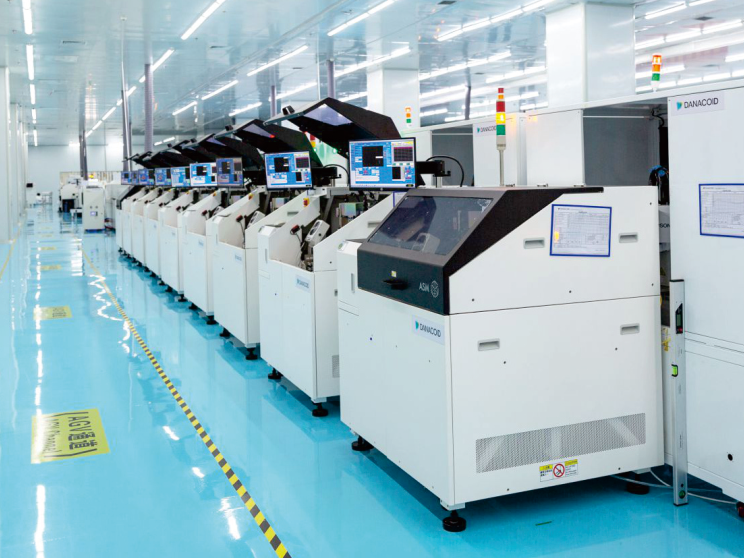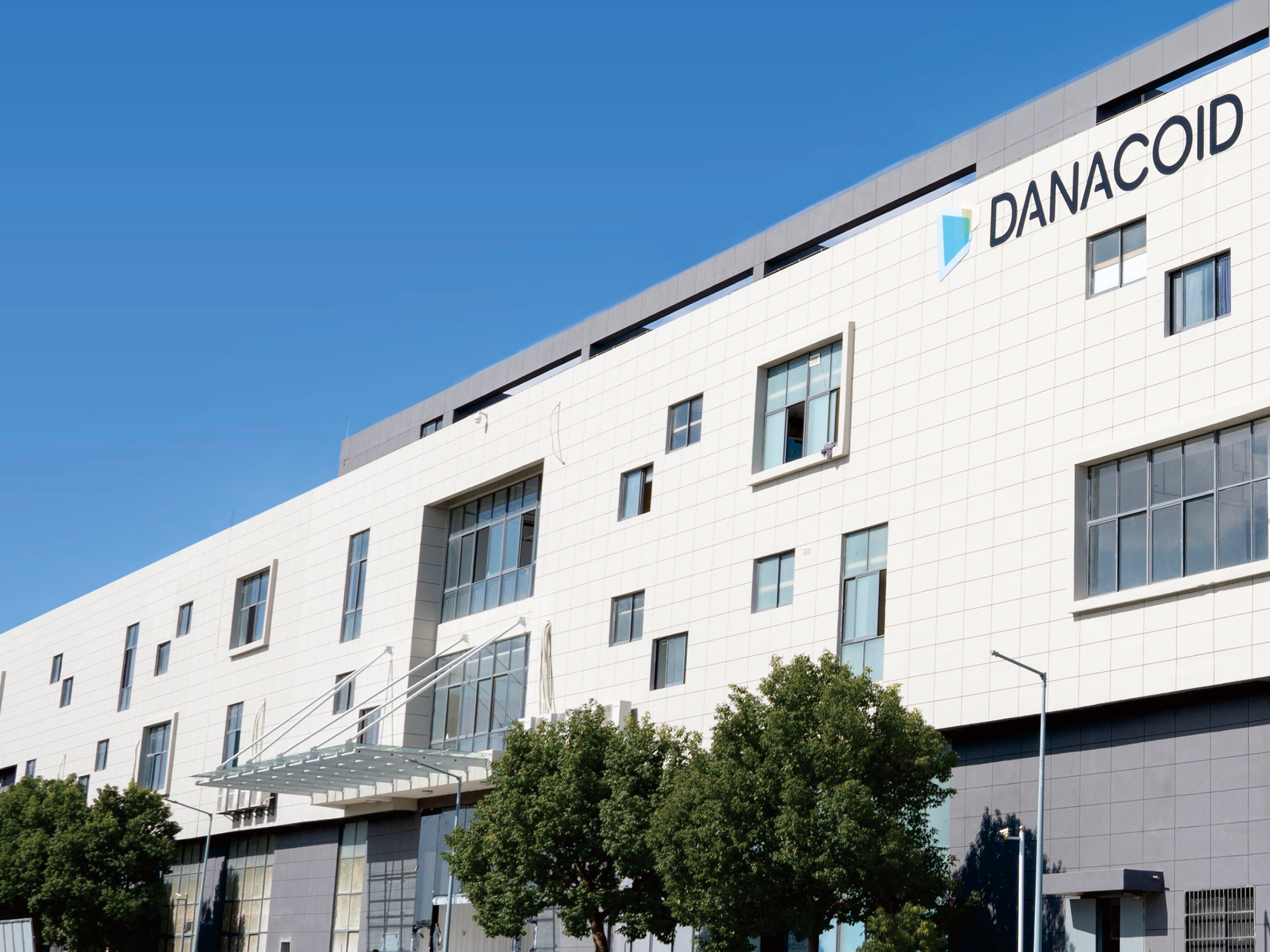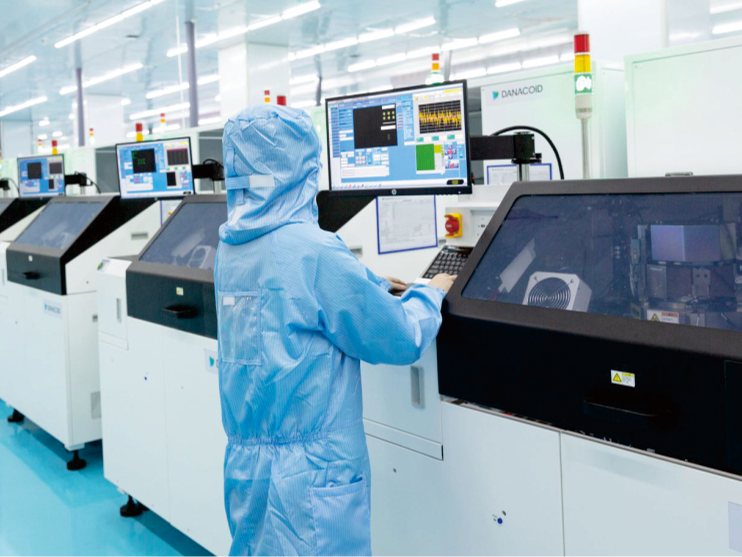Introduction to Audio Processing Systems
Audio processing systems encompass an array of technologies and techniques devised to refine, modify, and control sound signals, especially within the realm of live sound reinforcement. These systems play a vital role in ensuring high-fidelity audio delivery, capturing each note and vocal nuance with precision and clarity. As the demand for immersive audio experiences continues to rise in live events, the significance of robust audio processing systems becomes ever more apparent. Leveraging these systems effectively not only enhances audience engagement but also elevates the overall quality of sound reinforcement, crafting an unparalleled auditory experience.
System Design and Setup
The design and setup of an audio processing system are integral to enhancing sound quality at live events. This involves a strategic approach to selecting both hardware and software components, as well as the effective placement of microphones and speakers. These steps ensure a seamless audio experience that meets the demands of various venues.
Choosing the Right Hardware and Software
Choosing suitable hardware and software is pivotal in creating a robust audio processing system. Key hardware components, such as mixers and microphones, substantially impact sound quality. Each component's role, from capturing clear audio via high-grade microphones to mixing sounds efficiently with reliable mixers, is critical. Software selection, particularly Digital Signal Processors (DSPs), is equally important for managing audio effects and signals effectively. DSPs facilitate complex sound manipulations and enhance system performance in live settings. Statistics reveal that using top-tier components can decrease audio distortion and bolster system reliability by up to 30%, underscoring the importance of conscientious equipment selection.
Proper Placement of Microphones and Speakers
Proper placement of microphones and speakers is another crucial aspect of system setup. Microphone placement should prioritize capturing sound sources clearly, while minimizing unwanted background noise. Adhering to guidelines like positioning speakers at least 1 to 1.5 meters high and angling them appropriately ensures optimal sound propagation. Incorrect placement may lead to issues such as phase cancellation and uneven sound distribution, negatively impacting audience experience. Ensuring precise alignment and positioning can thus vastly improve audio quality and consistency across large venues.
Signal Processing Techniques
Equalization (EQ) for Clarity and Balance
Equalization (EQ) is pivotal in shaping sound, ensuring clarity and balance across different audio frequencies. By adjusting the amplitude of specific frequency ranges, EQ allows sound engineers to enhance vocal intelligibility and adjust the tonal qualities of instruments, leading to a more balanced auditory experience during live performances. Recent research highlights that well-executed EQ can boost listener satisfaction by over 25%. This underscores the importance of EQ in live sound environments, making it an essential tool for achieving desirable sound clarity and frequency balance.
Dynamic Processing: Compression and Limiting
Dynamic processing, particularly compression and limiting, plays a critical role in controlling audio signal amplitude. Compression helps maintain consistent volume levels by attenuating loud peaks and boosting quieter sections, thereby preventing harsh volume spikes. Limiting goes a step further by setting a ceiling to prevent audio distortion. According to industry data, approximately 70% of live sound engineers employ these techniques to ensure optimal sound texture and performance. These methods are invaluable in managing the dynamic range of audio signals, contributing to a well-controlled and polished auditory experience in live settings.
Acoustic Considerations
In the realm of sound reinforcement, room acoustics play a pivotal role in determining sound quality by affecting how sound waves disperse within a space. To optimize audio processing systems, it's crucial to understand various elements like room dimensions and materials that influence sound reflection and absorption. Effective acoustic treatment can significantly enhance the clarity of sound, reducing echoes and reverberations by up to 40%. This ensures that the audience has a superior auditory experience, as sound travels with minimized distortion, reaching listeners as the event planners intended.
Feedback prevention and management are vital components of live sound setups, preventing the intrusive screeching sounds caused by feedback loops. This happens when sound from loudspeakers is picked up by microphones repeatedly, creating unmanageable noise. Implementing feedback prevention strategies involves careful monitoring of live audio and using equalizers to mitigate such issues. Research indicates that effective management of feedback can halve the chances of feedback problems at live events, ensuring a more pleasant and uninterrupted experience for both the audience and performers, thereby maintaining focus on the core content of the event.
Monitoring and Adjustments
Real-time Monitoring Tools
Real-time monitoring tools are pivotal for sound engineers, enabling them to analyze audio performance dynamically during live events. Tools such as spectrum analyzers and specialized monitoring software allow for immediate adjustments, ensuring sound fidelity is maintained throughout the event. These technologies facilitate on-the-spot corrections, enhancing the overall quality of the live experience. According to industry statistics, implementing real-time monitoring can boost sound accuracy and improve event success rates by as much as 35%. Hence, these tools are indispensable in the toolbox of any sound engineer committed to delivering outstanding audio performances.
Techniques for Quick Adjustments During Live Events
During live events, the ability to make rapid sound adjustments is essential for effective sound management. Techniques such as employing wireless control systems enable sound engineers to make immediate tweaks without physical constraints. This agility ensures that auditory discrepancies can be addressed promptly. Additionally, sound engineers often trust their auditory perception for critical adjustments, continuously listening and responding to changes in real-time. Recent industry trends indicate that such responsive adjustments can considerably enhance audience engagement and satisfaction. Therefore, mastering quick sound management techniques is a core competency for adept sound engineers aiming to elevate live audio experiences.
Conclusion
Continuous optimization in audio processing is crucial as technology advances rapidly. By embracing innovation, sound engineers can ensure they keep up with these changes and maintain the high standards expected in live sound environments. Key recommendations for achieving excellence include prioritizing high-quality components that can adapt to technological innovations, thoroughly understanding the physical and acoustic characteristics of each venue, and nurturing a mindset that is open to adaptability and learning. These strategies, when combined, can significantly enhance the overall sound experience, offering audiences exceptional auditory satisfaction.
In conclusion, a commitment to continuous improvement in sound processing techniques is invaluable. Whether it's investing in the latest audio processing systems or refining skills and knowledge, the pursuit of excellence can have a lasting impact on live sound experiences. This dedication not only benefits the immediate event but also contributes to the long-term success and reputation of audio professionals within the industry. By remaining proactive in their approach to technology and auditory perfection, sound engineers can consistently deliver remarkable experiences that resonate with audiences.
FAQs
What is an audio processing system?
An audio processing system encompasses technologies and techniques to modify, refine, and control sound signals, especially for live sound reinforcement.
Why is choosing the right hardware and software important?
Selecting suitable hardware and software is crucial for creating a robust audio processing system, significantly impacting sound quality and system performance.
What role do room acoustics play in audio processing systems?
Room acoustics affect how sound waves disperse and are crucial for optimizing sound reinforcement, helping to reduce echoes and enhance clarity.
What are some feedback prevention strategies in live sound setups?
Feedback prevention involves careful audio monitoring and using equalizers to prevent sound from microphones being picked up by loudspeakers and creating screeching sounds.









